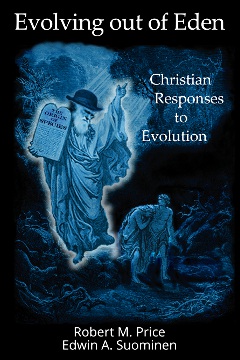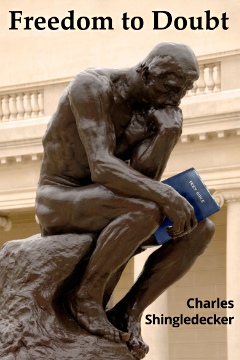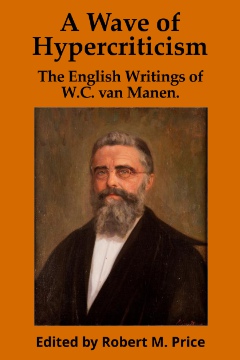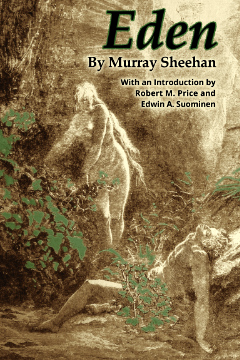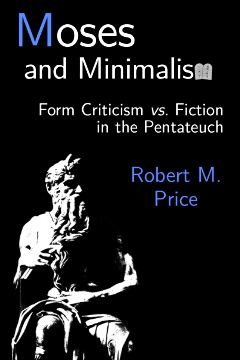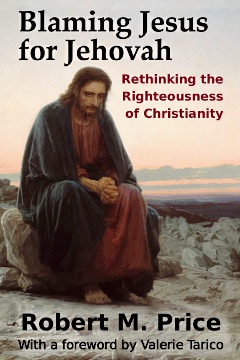Dead Guys
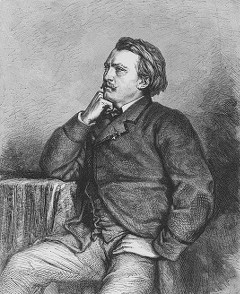
Tellectual Press embraces the use of public domain materials.1 We have two books that are mostly public domain content, Eden and A Wave of Hypercriticism, whose authors we’ll get to in a moment. And poor old Gustav Doré (1832-83) is going to have to continue putting up with our use of his wonderful Bible-themed engravings for covers and goofy captions.
Doré’s “illustrations for the English Bible (1866) were a great success,” Wikipedia says, and we can see why.2 There is a haunting shadowy quality to those pictures. They lurk just on the edge of realism and then you see something like 6-foot long angel wings that jars you into realizing that the pictures are not old photographs with odd line shading, after all.3
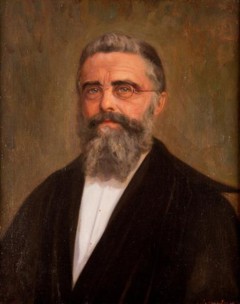
One of our two dead authors is Willem Christiaan van Manen (1842-1905), a Dutch theologian and professor. He started out as a skeptic, eager to debunk and to refute the Dutch Radicals who were questioning authorship of the epistles traditionally attributed to Apostle Paul.
Van Manen’s “1865 doctoral thesis in Utrecht about the authenticity of 1 Thessalonians concluded that this was a genuine letter by Paul of Tarsus.” But that would change. In 1889 “he wrote a review where he agreed with a study by Rudolf Steck and with A.D. Loman, that all Pauline epistles were pseudepigraphs,” written by somebody else trying to pass for the great Apostle.4
The “deeper he delved into the issues and the arguments,” writes Robert M. Price in his Introduction to A Wave of Hypercriticism, “the more he began to see [the Dutch radicals’] point and, worse yet, to suspect they were right.”
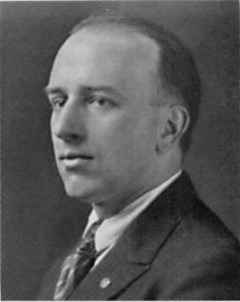
Another member of our ghostly roster is Murray Sheehan, who wrote Eden while at the University of Arkansas-Fayetteville. He was the school’s first instructor of journalism and its first director of publicity.5
Another novel he wrote during his tenure there was Half Gods, a “thinly veiled satire of Fayetteville and the University of Arkansas.” The university president, “whose character was not portrayed sympathetically, told Sheehan that he needed to spend more time on university publicity. Insulted, Sheehan resigned. Futrall, who had turned away similar spurious offers from Sheehan, accepted on this occasion.” 6
You can see a bit of that satire in Eden, too. Sheehan’s portrayal of God talking to Himself and Adam as the first blustering theologian come to mind.
Notes
-
Fair is fair: Your grandkids can freely copy our stuff, too, if and when the time comes. But that might be a long time from now, at least if Disney keeps getting its way. One commentator on Reddit points out that copyright “expiration is pegged to Steamboat Willie. Disney has the clout behind it to ensure that Steamboat Willie, and therefore Mickey Mouse, never enters the public domain. Copyright law will continually change to prevent that” (link). ↩
-
From the Wikipedia article on Doré, along with the portrait, which is resized and tone-mapped with The GIMP image processing software, another great freebie. ↩
-
He was, it should be mentioned, pretty bad at drawing feet for some reason. ↩
-
Quote and portrait (post-processed with The GIMP) from en.wikipedia.org/wiki/Willem_Christiaan_van_Manen. ↩
-
“Murray Sheehan” by Phillip Howerton. Encyclopedia of Ozarks Literature, posted Aug. 22, 2014. blogs.wp.missouristate.edu/eol/2014/08/22/murray-sheehan ↩
-
“An Instructor Arrives,” posted Jan. 11, 2005 at A History of the Arkansas Traveler, arkansastraveler.typepad.com/history_of_the_arkansas_t/2005/01/an_instructor_a.html. The photo is copied from that post with permission of the University of Arkansas (from its Razorback Yearbook), post-processed with The GIMP. ↩

